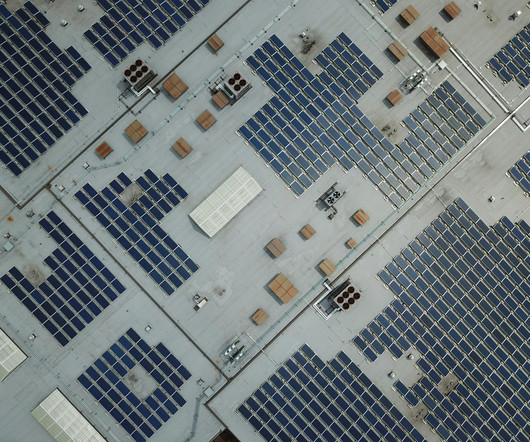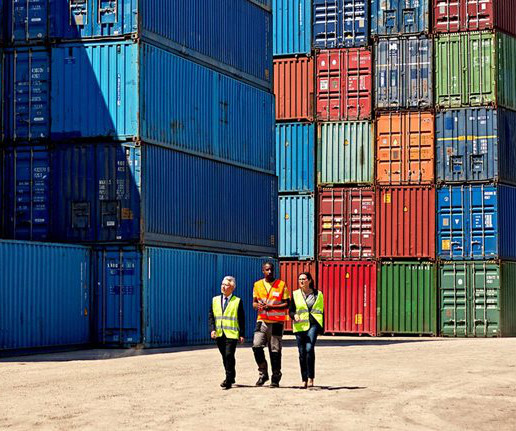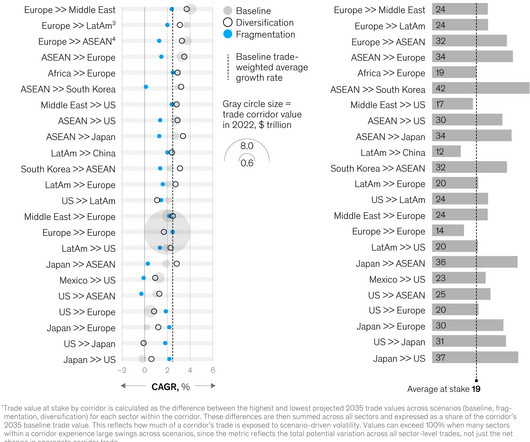Green Business: Harnessing Solar Power for Profit and Planet
Navigate Power
OCTOBER 18, 2024
The photovoltaic cells inside each panel absorb the sun’s rays and convert its electrons into electricity. In that case, local utility companies may pay you for the excess energy, so nothing goes to waste. This renewable energy source is ideal for businesses desiring a greener approach to manufacturing or day-to-day operations.













Let's personalize your content